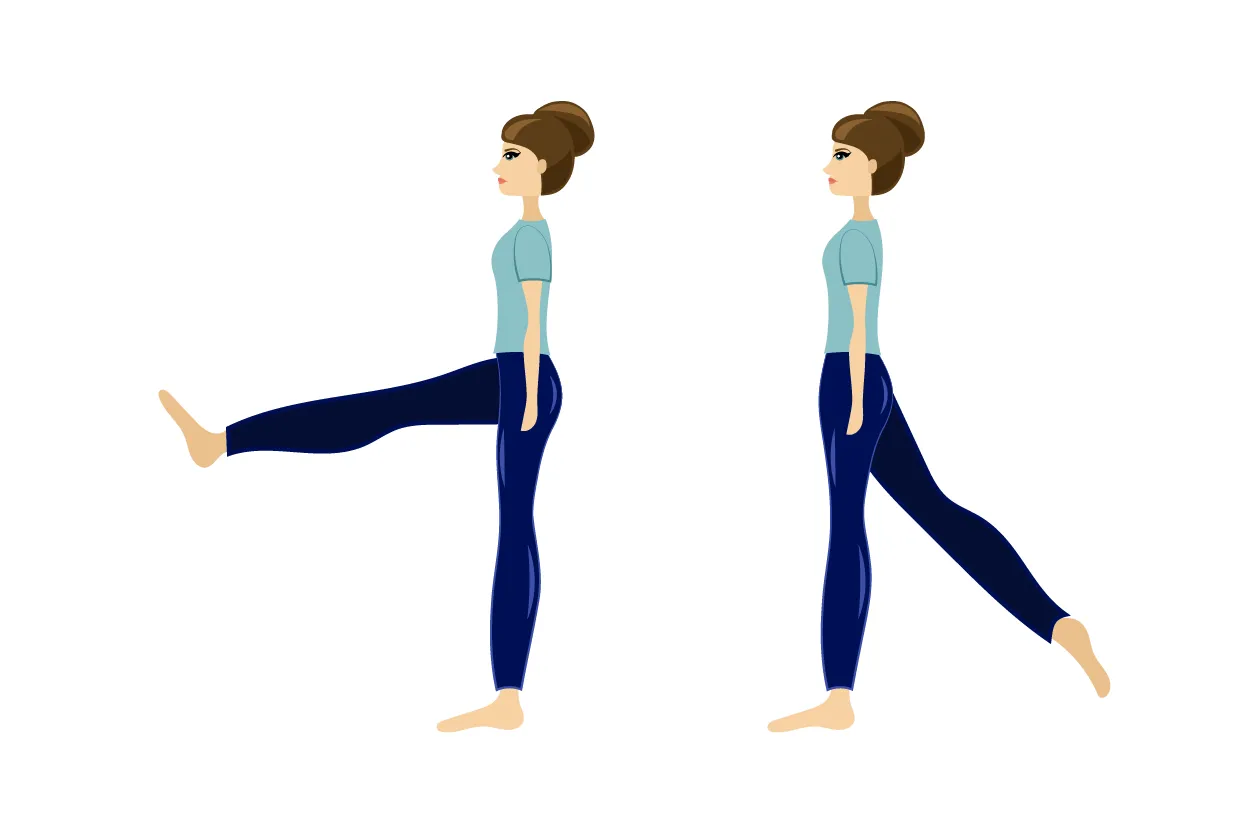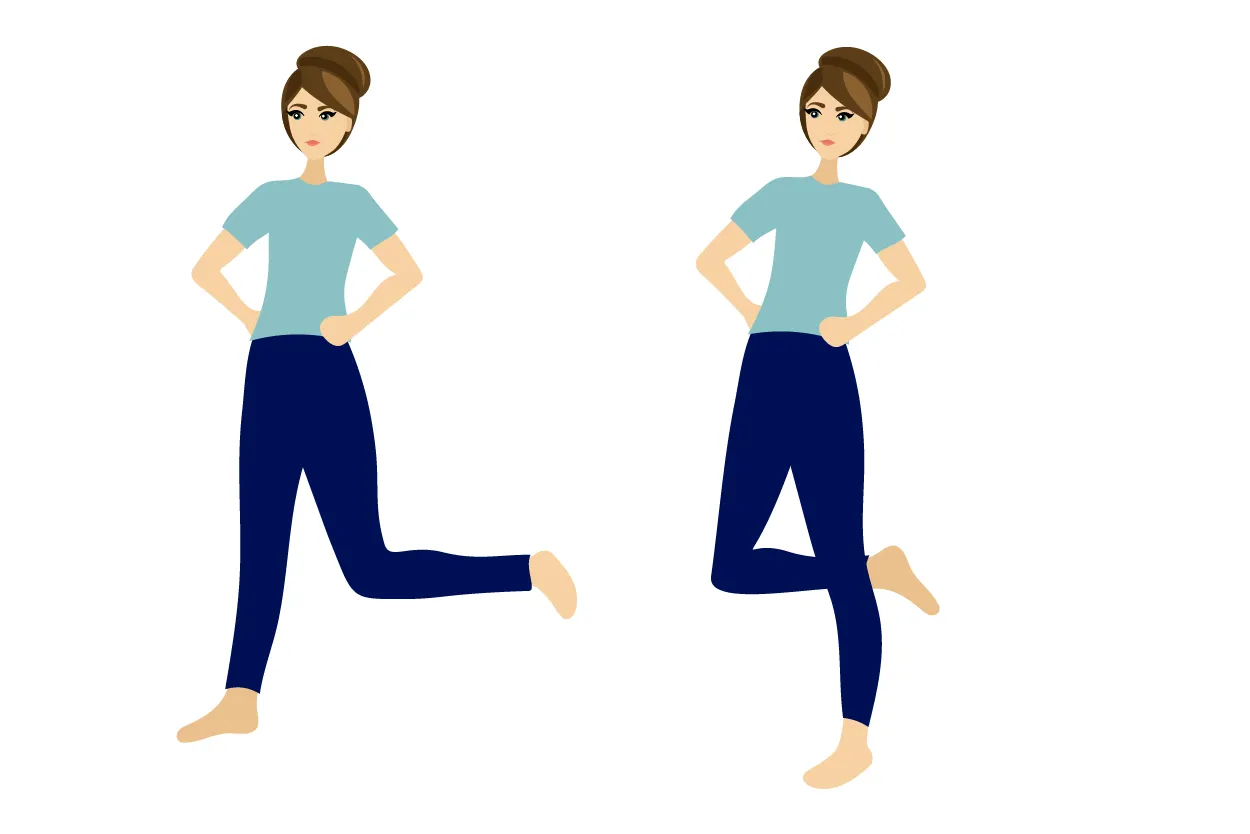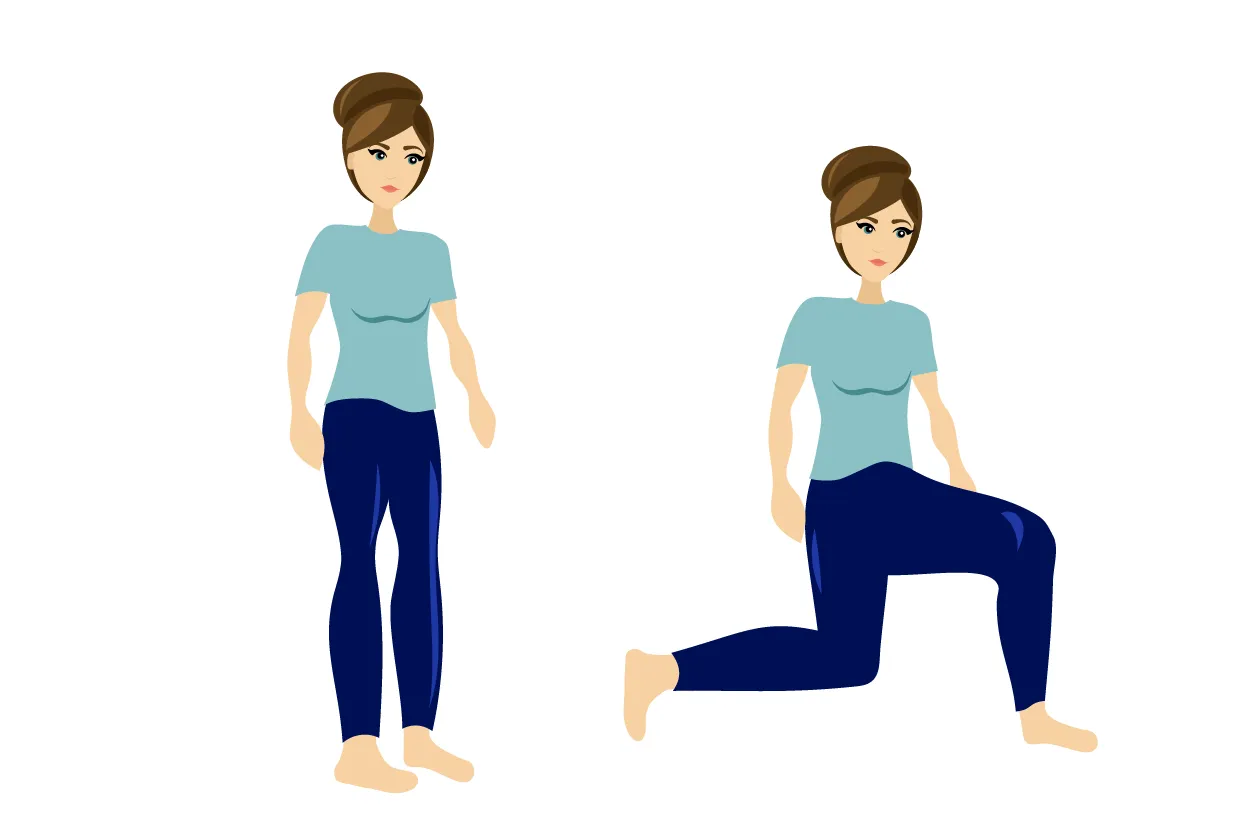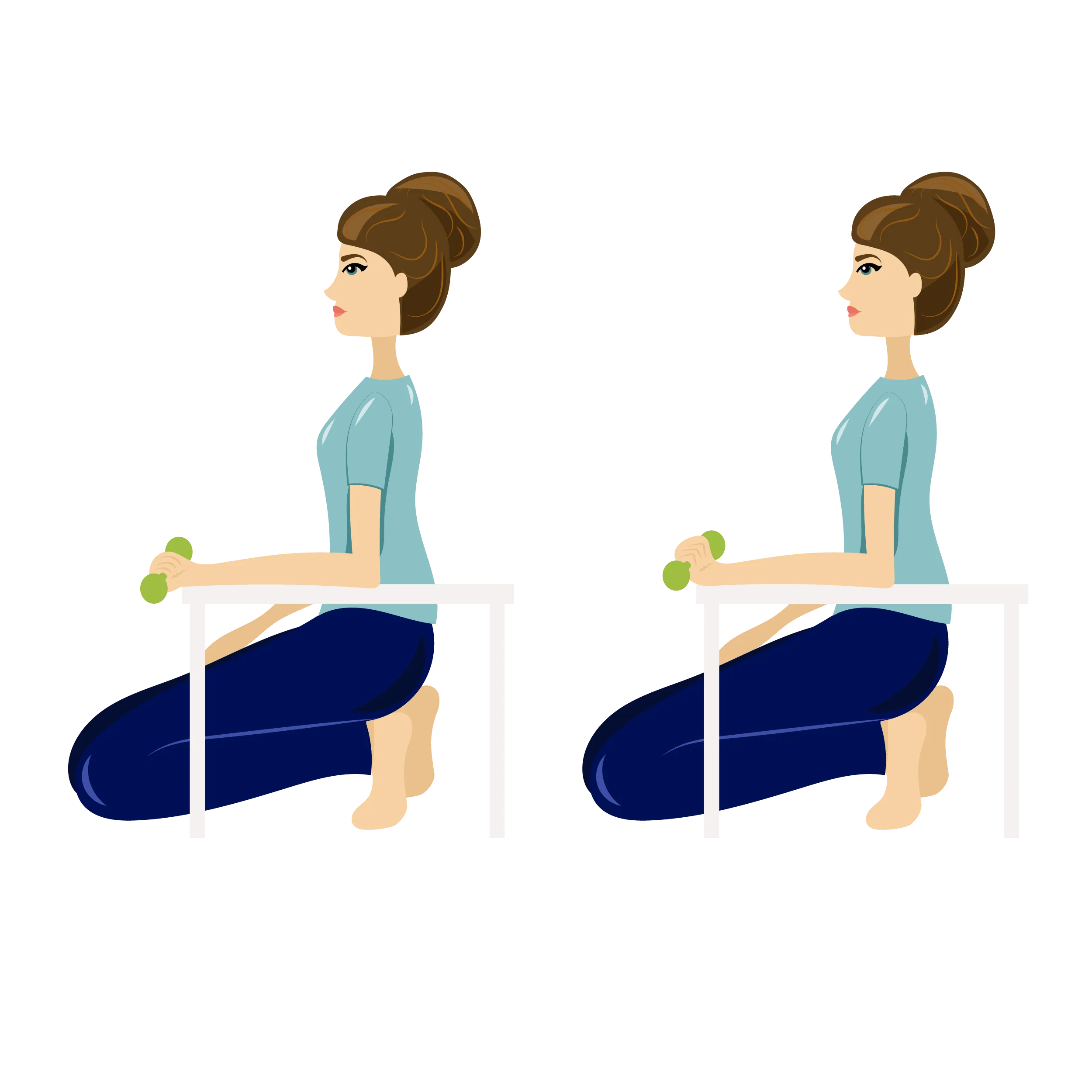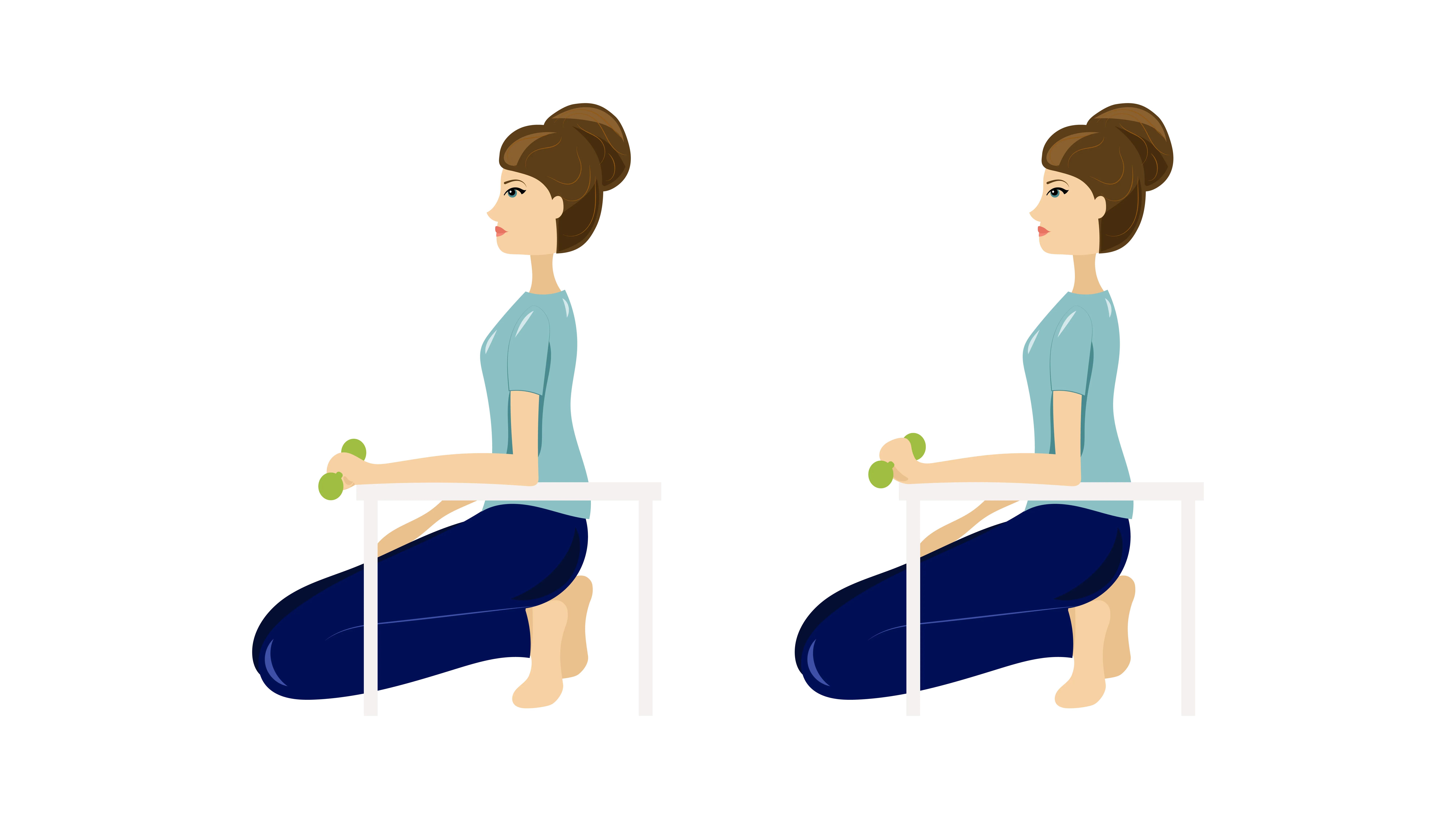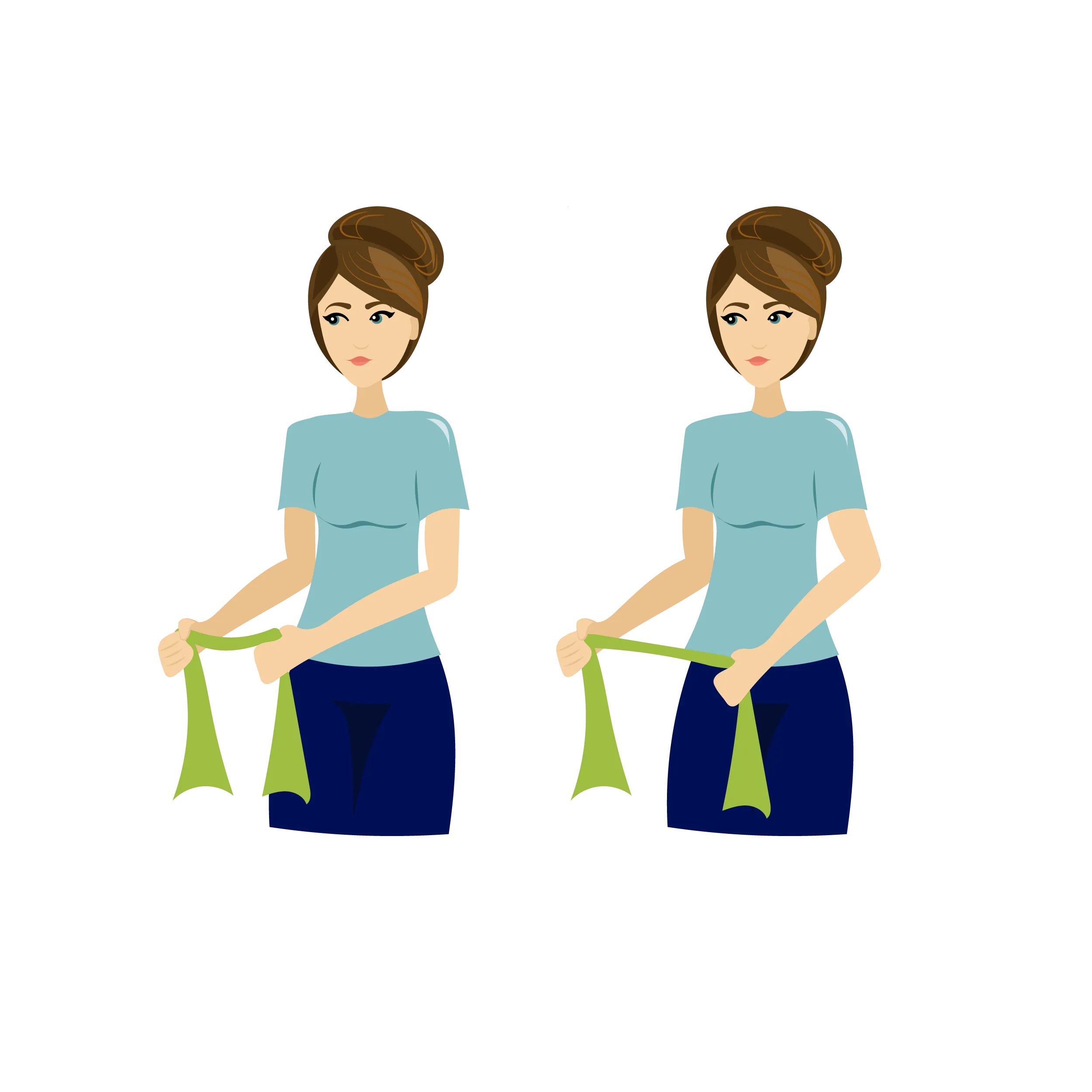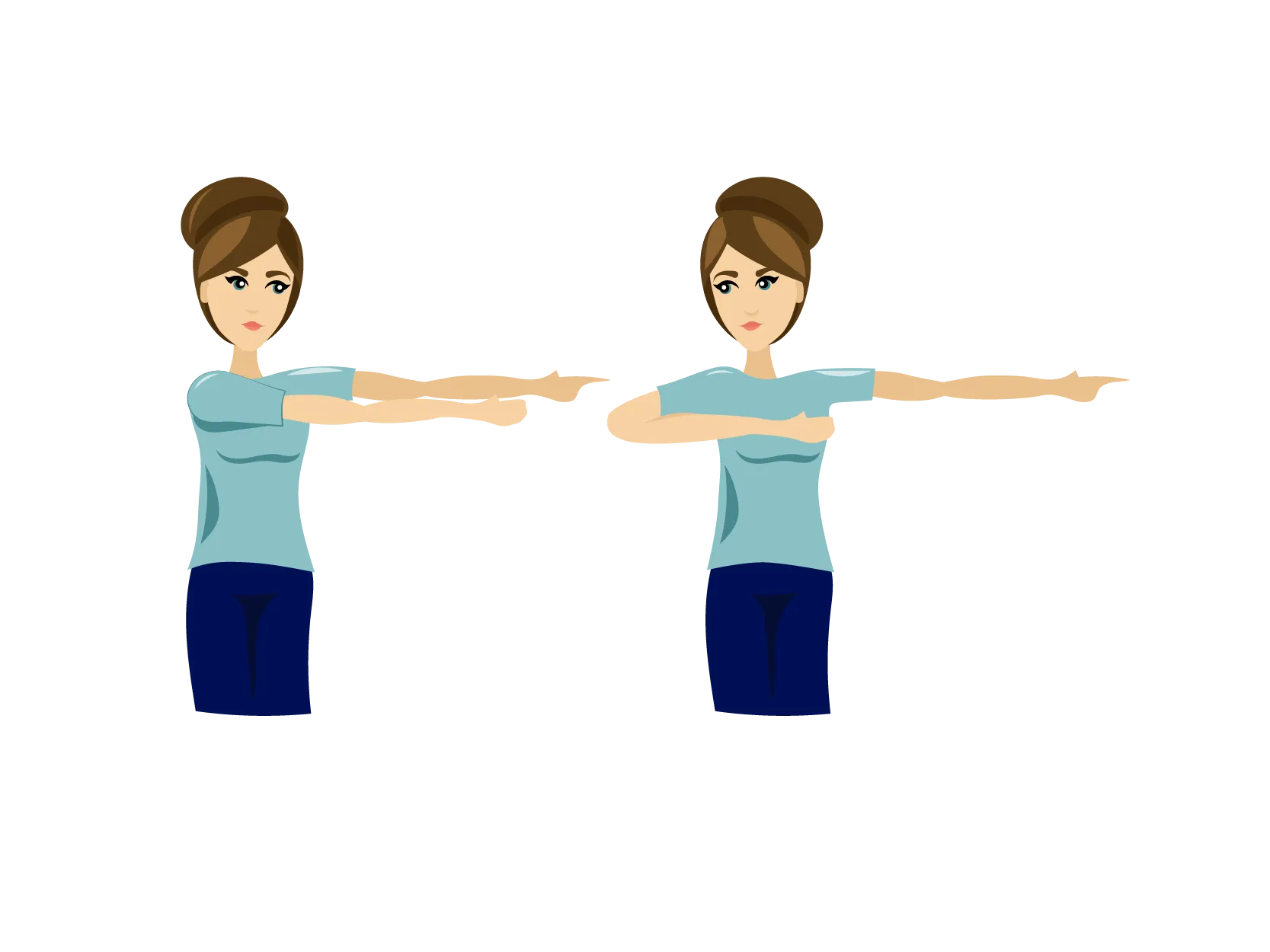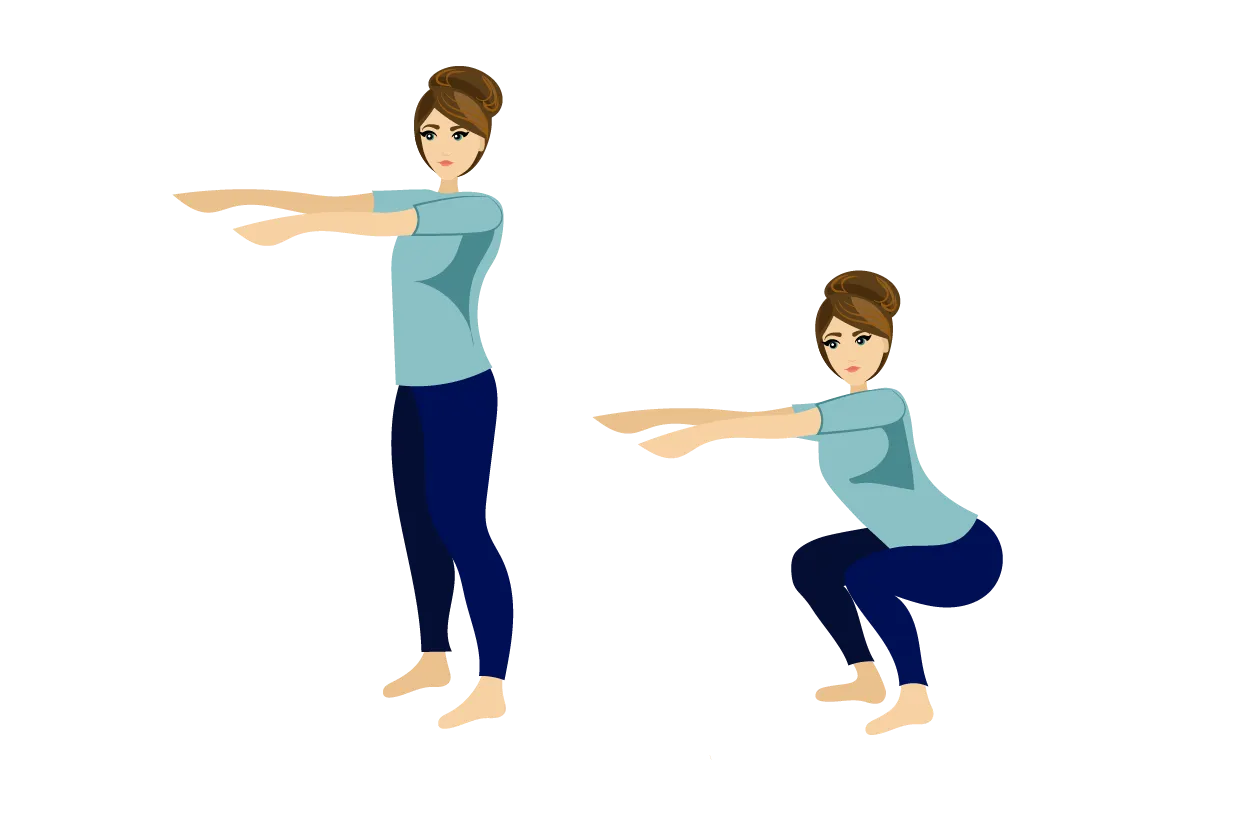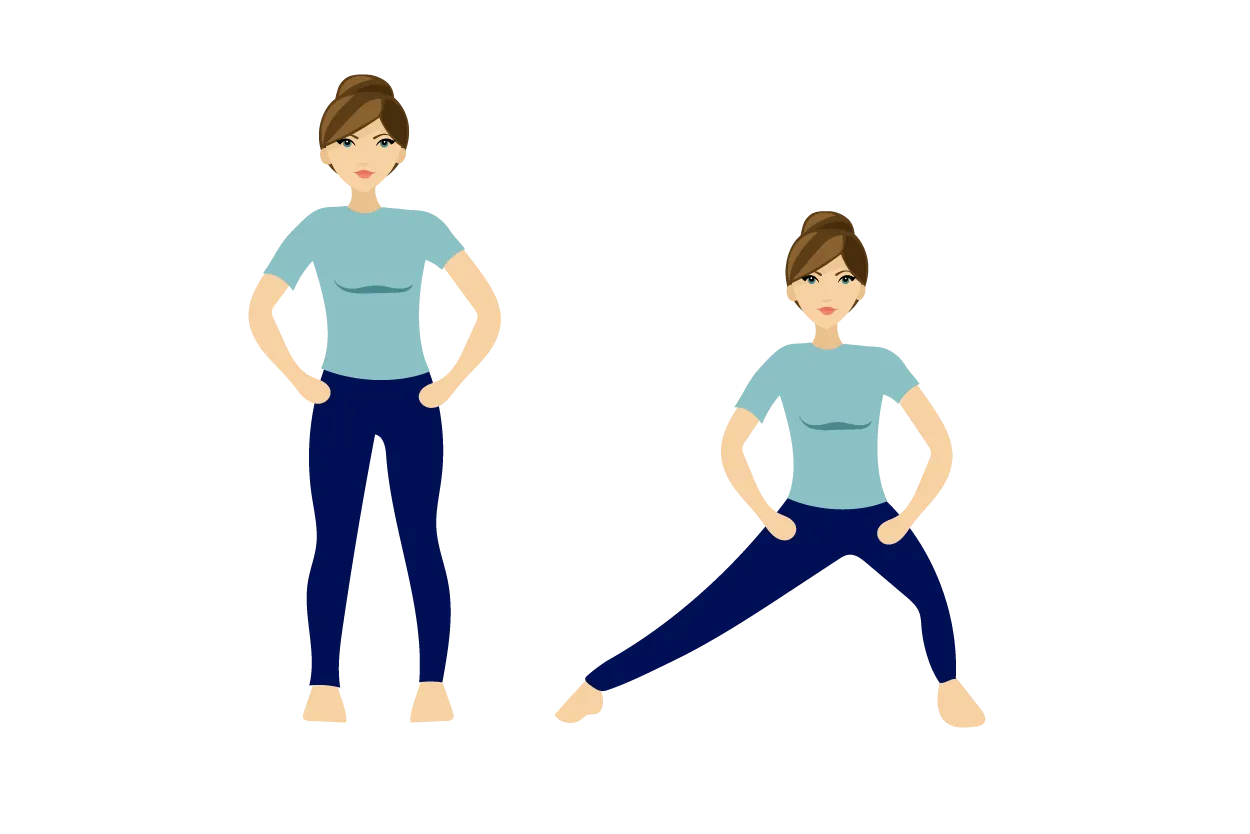Did you know that the WHO recommends that adults be physically active for at least 150 minutes a week of moderate intensity (walking or light cycling)? But that you can settle for half that if you are physically active with high intensity (football, running, padel tennis)?
Physical activity is one of the important pillars for a healthy and good life. You will probably find that it is easier to find the motivation to be physically active if you think it is fun and at the same time you can join a community with others.
Padel tennis is a popular and fun activity. If you have already jumped on the padel tennis wave or are motivated to give it a try, we are here with some good advice to get you started and at the same time reduce the risk of discomfort or injury.



